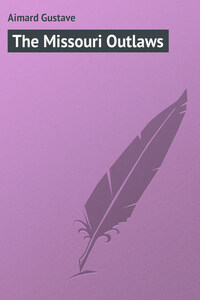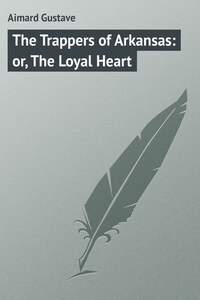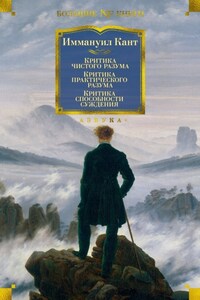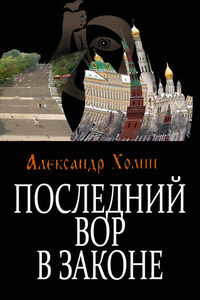Patagonia is as little known at the present day as it was when Juan Diaz de Solis and Vicente Yanez Pinzon landed there in 1508, sixteen years after the discovery of the New World.
The earliest navigators, whether involuntarily or not, threw over this country a mysterious veil, which science and frequent relations have not yet entirely removed. The celebrated Magalaës (Magellan) and his historian, the Chevalier Pigafetta, who touched at these coasts in 1520, were the first to invent these Patagonian giants so tall that Europeans scarce reached their girdle, who were upwards of nine feet high, and resembled Cyclops. These fables, like all fables, have been accepted as truths, and in the last century became the theme of a very lively dispute among learned men. Hence the name of Patagonians (great feet) was given to the inhabitants of this country, which extends from the western watershed of the Andes to the Atlantic Ocean.
Patagonia is watered, through its entire length, by the Rio Colorado in the north, and the Rio Negro in the east-south-east. These two rivers, through the windings of their course, agreeably break the uniformity of an arid, dry, sandy soil, on which prickly shrubs alone grow, or dispense life to the uninterrupted vegetation of their banks. They wind round a fertile valley overshadowed by willow trees, and trace two deep furrows through the midst of an almost level country.
The Rio Negro runs through a valley surrounded by precipitous cliffs, which the waters still wash at places; wherever they have retired, they have left alluvial soil covered with an eternal vegetation, and formed numerous islets covered with willows, and contrasting with the mournful aspect of the naked cliffs.
Monkeys, wild asses, foxes, and red wolves constantly traverse the desert in every direction, together with the cougar, or American lion, and the imbaracayas – those ferocious and formidable wild cats. The coasts are thronged with amphibious carnivora, such as sea lions and elephant seals. The guya, concealed in the marshes, utters its melancholy cry; the guacuti, or stag of the Pampas, runs lightly over the sand; while the guanaco, or American camel, sits pensively on the summit of the cliffs. The majestic condor soars amid the clouds, in the company of the disgusting cathartes. Urubús and auras which, like it, hover round the cliffs on the seaboard to dispute the remains of corpses with the voracious caracaras. Such are the plains of Patagonia, a monotonous solitude empty, horrible, and desolate!
One evening in the month of November, which the Aucas Indians call the "moon of the pruning," a traveller, mounted on a powerful horse of the Pampas of Buenos Aires, was following at a sharp trot one of the thousand paths traced by the Indians, in that inextricable labyrinth found on the banks of all American rivers. This traveller was a man of thirty years of age at the most, clothed in a semi-Indian, semi-European garb peculiar to the Gauchos. A poncho of Indian manufacture hung from his shoulders to his horse's flanks, and only left visible the long Chilian polenas that came above his knees. A lasso and bolas hung from either side of his saddle, and he carried a rifle in front of him.
His face, half concealed by the broad brim of his straw hat, had an expression of brute courage and spitefulness; his features were, so to say, modelled by hatred. His long hooked nose, surmounted by two quick threatening eyes, rather close together, gave him a distant resemblance to a bird of prey; his thin lips were contracted with an ironical air, and his prominent cheekbones suggested cunning. The Spaniard could be recognized by his olive tint. The effect of this face, surrounded as it was by long tangled black hair and a large beard, was to inspire fear and repulsion. His wide shoulders and well-knit limbs denoted far from common strength and agility in this man, who seemed above the average height.
On reaching a spot where several tracks crossed each other to form an inextricable network, the stranger stopped to look about him, and, after a moment's hesitation, turned to the right and struck a trail. Going further and further away from the banks of the Rio Colorado, which he had hitherto been following, he entered a plain, the soil of which, burned by the sun and covered with small pebbles or gravel, only offered a few stunted shrubs to the eye. The further the stranger advanced in this desert, the further solitude extended in its gloomy majesty, and the footfall of his horse alone disturbed the silence of the desert. The horseman, but slightly affected by this savage beauty of Nature, contented himself with carefully reconnoitering and counting the pozos, for in these countries utterly void of water, travellers have dug reservoirs in which the water collects during the rainy season.
After passing two of these pozos, the traveller saw in the distance horses hobbled in front of a wretched toldo. At once a shout was raised, and in less than a minute the horses were unfastened; three men leapt into the saddle, and dashed forward at full gallop to reconnoitre this man, who, careless of their movements, continued his journey without making the slightest attempt to put himself on his defence.














